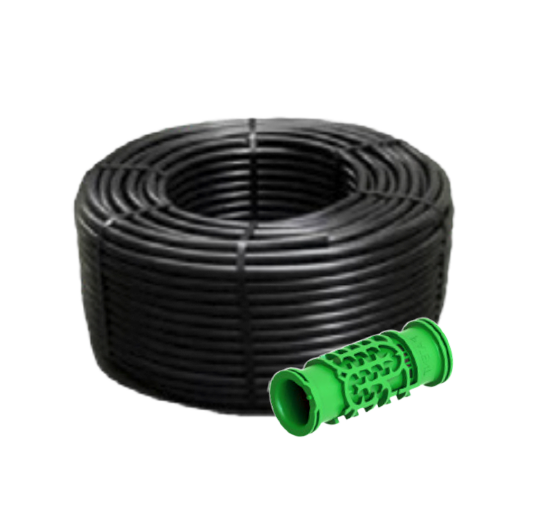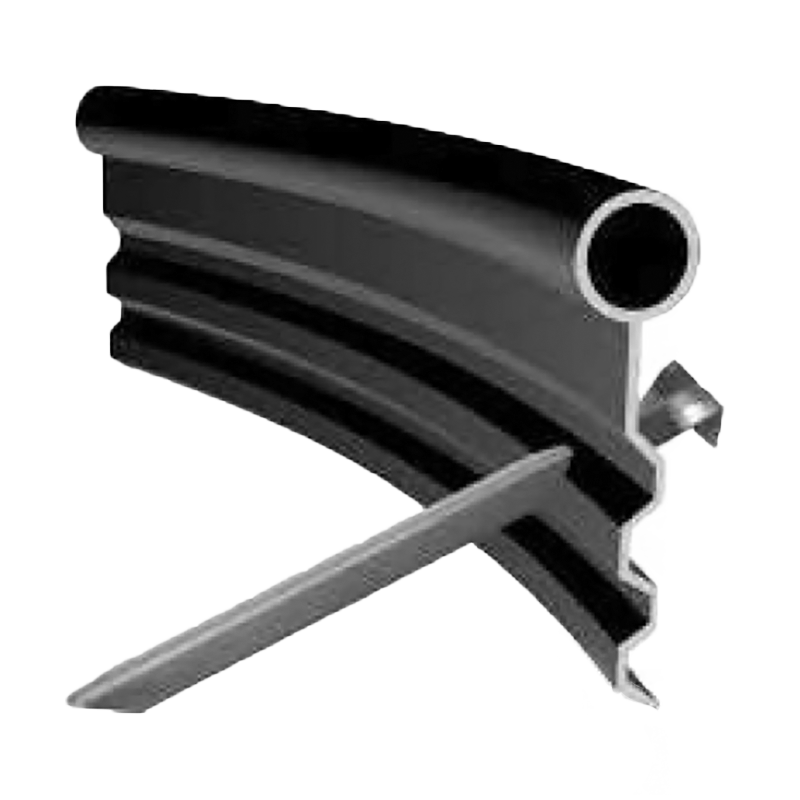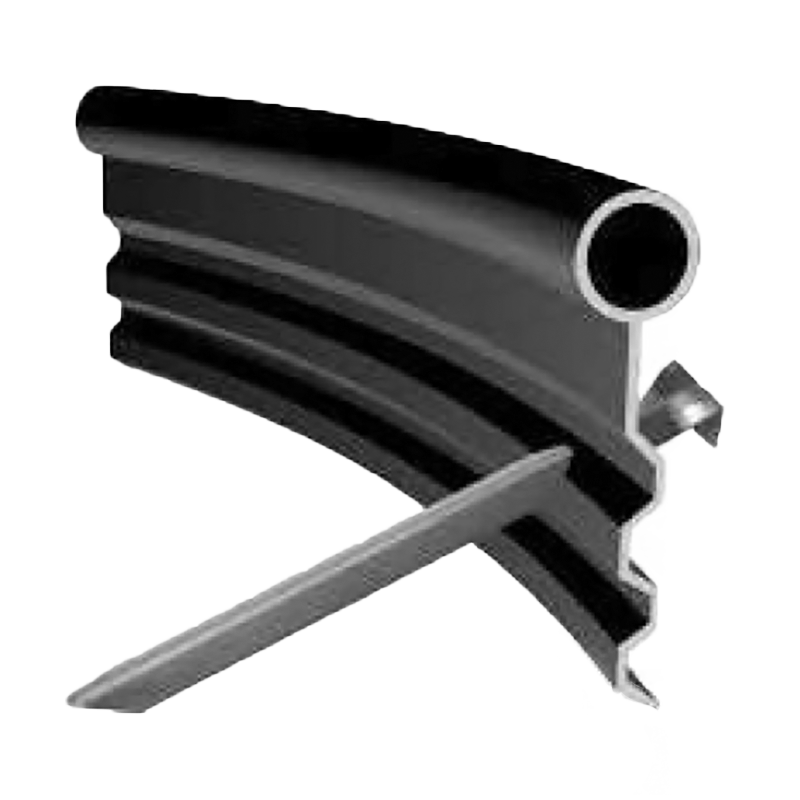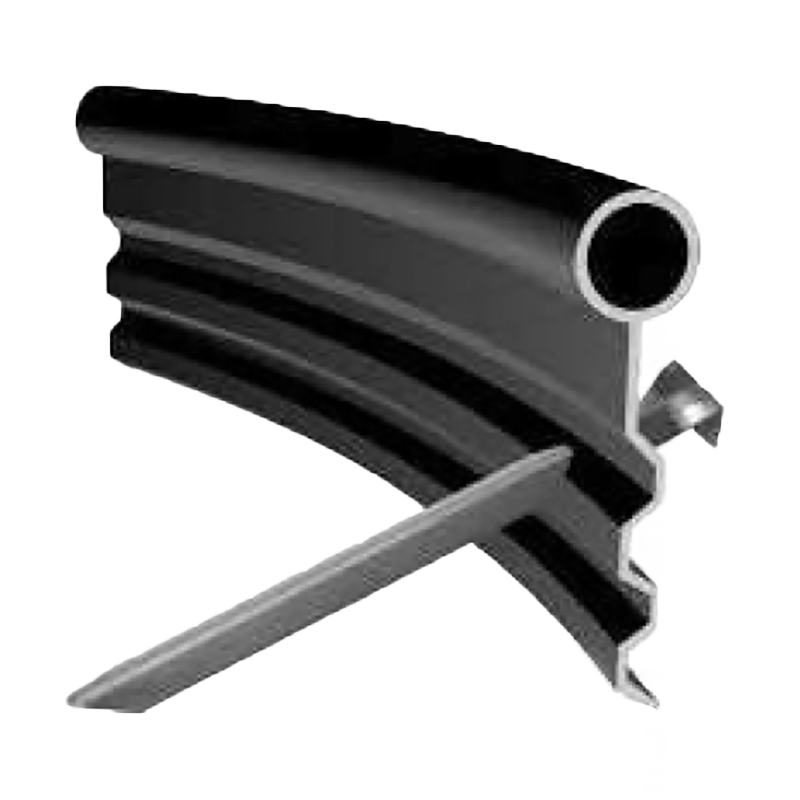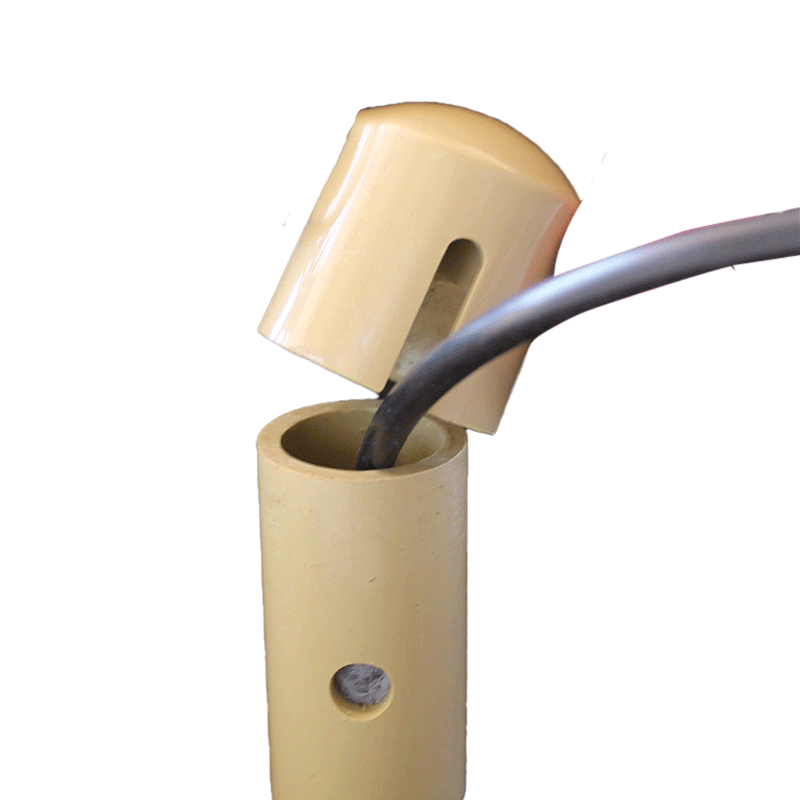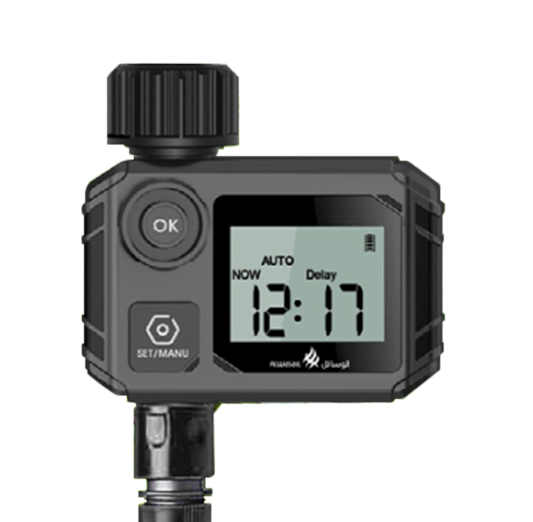RootCell Pavement Support System
- الصفحة الرئيسية
- منتجاتنا
- الري
- منتجات جديدة
- RootCell Pavement Support System


THE KEY BENEFITS OF SOIL CELLS
For over a quarter of a century, ALWASAIL Urban has been working to ensure that every tree, wherever planted, has the chance to achieve species potential. Now, we are closer than ever to arriving at this objective, and it is very clear that the provision of uncompacted soil volume provided for the tree is probably the most critical single element in achieving long term establishment.
 Urban trees are in an environment that is endemically hostile to where they would like to be, a forest floor, away from the demands and below ground competition of the urban environment. ALWASAIL RootCell soil cell system replicates the forest floor scenario as closely as possible by providing the tree with the uncompacted, aerated soil that’s crucial to its long term health, whilst working around services and below ground constraints, marrying the needs of the built environment and the arboricultural needs of the tree.
Urban trees are in an environment that is endemically hostile to where they would like to be, a forest floor, away from the demands and below ground competition of the urban environment. ALWASAIL RootCell soil cell system replicates the forest floor scenario as closely as possible by providing the tree with the uncompacted, aerated soil that’s crucial to its long term health, whilst working around services and below ground constraints, marrying the needs of the built environment and the arboricultural needs of the tree.
THE BENEFITS OF URBAN TREES
- Particulate levels on tree-lined streets can be up to 60% lower than those without trees.
- A single mature tree absorbs carbon at a rate of 47.5 lbs (21.6 kg) per year.
- For every 5% of tree cover, stormwater runoff is reduced by 2%.
- Few things can compare with the visual impact and seasonal interest that trees bring to an urban environment.
- A series of international third-party studies have shown that trees increase property prices by between 5% to 18%.
- Research has indicated that a 10% increase in tree canopy was associated with roughly a 12% decrease in crime.
- A 10% increase in urban green space can postpone the onset of health problems by up to 5 years.
- Students who have a green window view recover from mental fatigue faster and thus pay attention for longer.
FEATURES & BENEFITS
 ALWASAIL RootCell pavement support system is an engineered load-bearing soil cell with over 97% open void space for maximum rooting volume as well as the ability to accommodate services.
ALWASAIL RootCell pavement support system is an engineered load-bearing soil cell with over 97% open void space for maximum rooting volume as well as the ability to accommodate services.
ALWASAIL RootCell G2 is manufactured from 100% recycled material, designed to be economic freight and is the culmination of more than 27 years experience in helping establish trees in complex urban environments.
The new generation of ALWASAIL RootCell is launched with a 16” (400mm) high option to suit a greater spread of situations.
KEY BENEFITS
- Optimum conditions for soil biology increasing root growth & tree health.
- Very fast, simple and easy to assemble reducing installation time & costs.
- Designed for easy integration, and re-excavation for maintenance of utilities.
- Minimum excavation depths required.
- Can be used close to roadways due to world leading lateral performance.

PRODUCT SPECIFICATIONS
| Code | Description | Height | Width | Breadth |
|---|---|---|---|---|
| GBURAC600A | RootSpace 600 Upright | 24” (600mm) | 20” (500mm) | 4” (90mm) |
| GBURAC500A | RootSpace Airflow Lid | 3” (75mm) | 20” (500mm) | 20” (500mm) |
| GBURSP65A | RootSpace 600 Infill | 21” (527mm) | 13” (334mm) | 2” (40mm) |
| GBURAC400B | RootSpace 400 Upright | 16” (400mm) | 20” (500mm) | 3” (75mm) |
| GBURAC500B | RootSpace Airflow Lid | 3” (75mm) | 20” (500mm) | 20” (500mm) |
| GBURSP45PB | RootSpace 400 Infill | 13” (327mm) | 13” (334mm) | 2” (40mm) |
Material 100% recycled HDPE

LOAD BEARING CAPACITY
Load bearing capacity of ALWASAIL RootCell pavement support system is a complex science. It is common to interpret the actual breaking point of structural products as the ultimate allowable wheel load. Engineers employed by ALWASAIL allow a factor of safety by basing calculations on loadings before undue displacement occurs.
VERTICAL CAPACITY
| RootSpace Configuration | Vertical Crushing Load | |
|---|---|---|
| kN/m2 | tonne/m2 | |
| G2 400: 475mm units (single height) | 434.0 (63 psi) | 44.3 |
| G2 400: 875mm units (double height) | 297.7 (43 psi) | 30.4 |
| G2 600: 675mm units (single height) | 308.0 (45 psi) | 31.4 |
| G2 600: 1275mm units (double height) | 285.7 (41 psi) | 29.1 |
HORIZONTAL CAPACITY (WITH SIDE PANELS)
| RootSpace Configuration | Horizontal Crushing Load | ||
|---|---|---|---|
| kN/m2 | tonne/m2 | Psi/m2 | |
| G2 400: 875mm units (double height) Loaded on side – with side panels | 139.4 | 14.2 | 20 |
| G2 600: 1275mm units (double height) Loaded on side – with side panels | 56.5 | 5.8 | 8 |
LOAD TESTING
Extensive compression testing of ALWASAIL RootCell units has been carried out at highly reputable independent testing laboratories. The complete test of each size and configuration is repeated several times to ensure reliability of data and confirm consistency of the unit’s structural performance.

ROAD / PAVEMENT BUILD-UP DESIGN
Guidelines given in the DMRB HD24 HD26:
Pavement Design and Construction, require the design of road surfacing and layer works to be based principally on a traffic assessment figures. These are expressed in terms of million standard (80kN) axle loads (msa) to be carried during the design life of the construction. This traffic loading together with the quality of the subgrade dictates the selection of the surfacing and depth of a road pavement required.
The dispersal of wheel loads carried by buried structures depends on the type and depth of road layer works selected. Subbase layers are normally made up of compacted gravel. Surfacing layers are typically bituminous macadam, reinforced concrete or block pavers. The wheel load “footprint” on the road surface may be assumed to disperse further through the materials as shown in the table:
| Material | Angle of load spread |
|---|---|
| Reinforced concrete | 1.5 horiz. to 1 vertical |
| Bituminous macadam | 1.0 horiz. to 1 vertical |
| Unreinforced concrete | 1.0 horiz. to 1 vertical |

| RootSpace configuration | Height | Subbase DTp Type 1 depth | Macadam depth * | * Total depth |
|---|---|---|---|---|
| 400 single | 19″ (475mm) | 6″ (150mm) | 6″ (150mm) | 12″ (300mm) |
| 600 single | 27″ (675mm) | 12″ (300mm) | 6″ (150mm) | 18″ (450mm) |
| 400 + 400 | 35″ (875mm) | 12″ (300mm) | 6″ (150mm) | 18″ (450mm) |
| 400 + 600 | 43″ (1075mm) | 13″ (325mm) | 6″ (150mm) | 19″ (475mm) |
| 600 + 600 | 51″ (1275mm) | 13″ (325mm) | 6″ (150mm) | 19″ (475mm) |
* Total depth of bound bituminous layers (Minimum construction depths for a full range of wheel loads are available separately)
ALWASAIL RootCell Configurations





